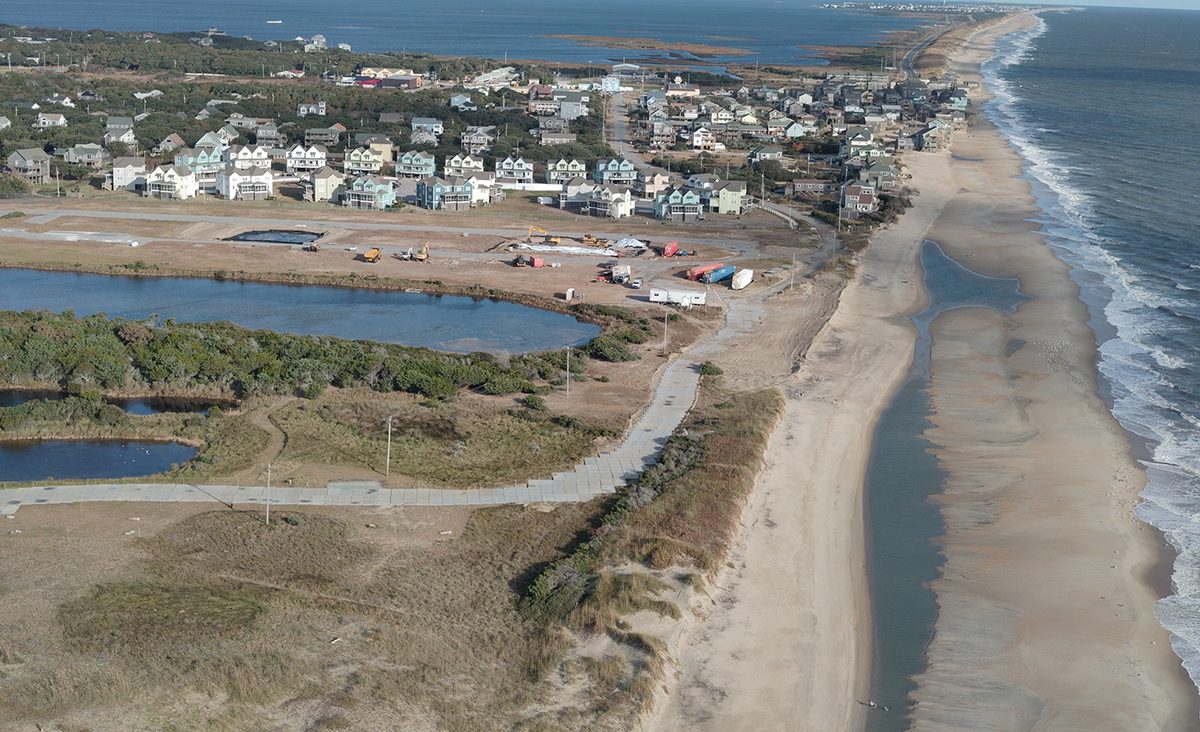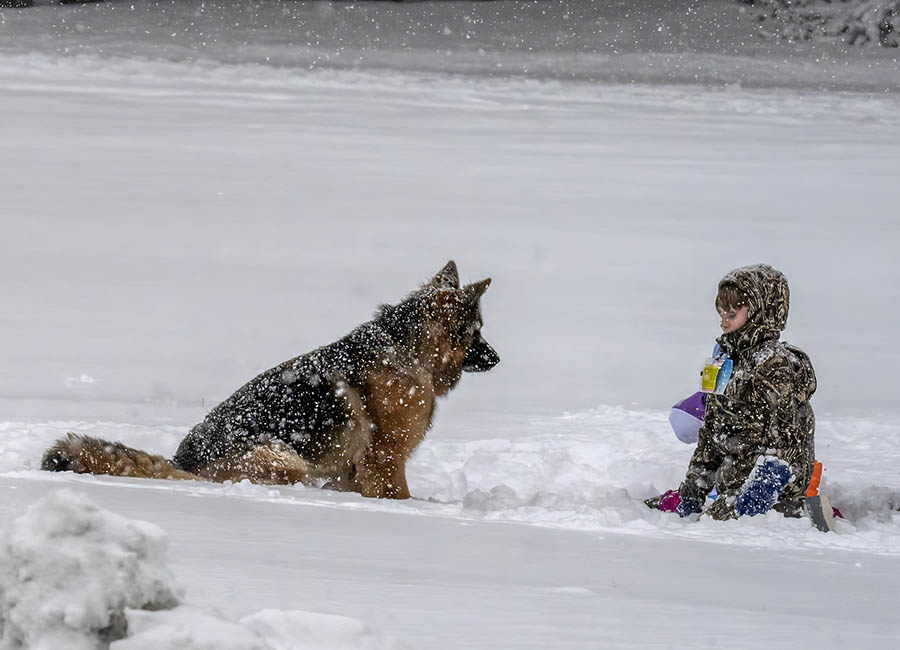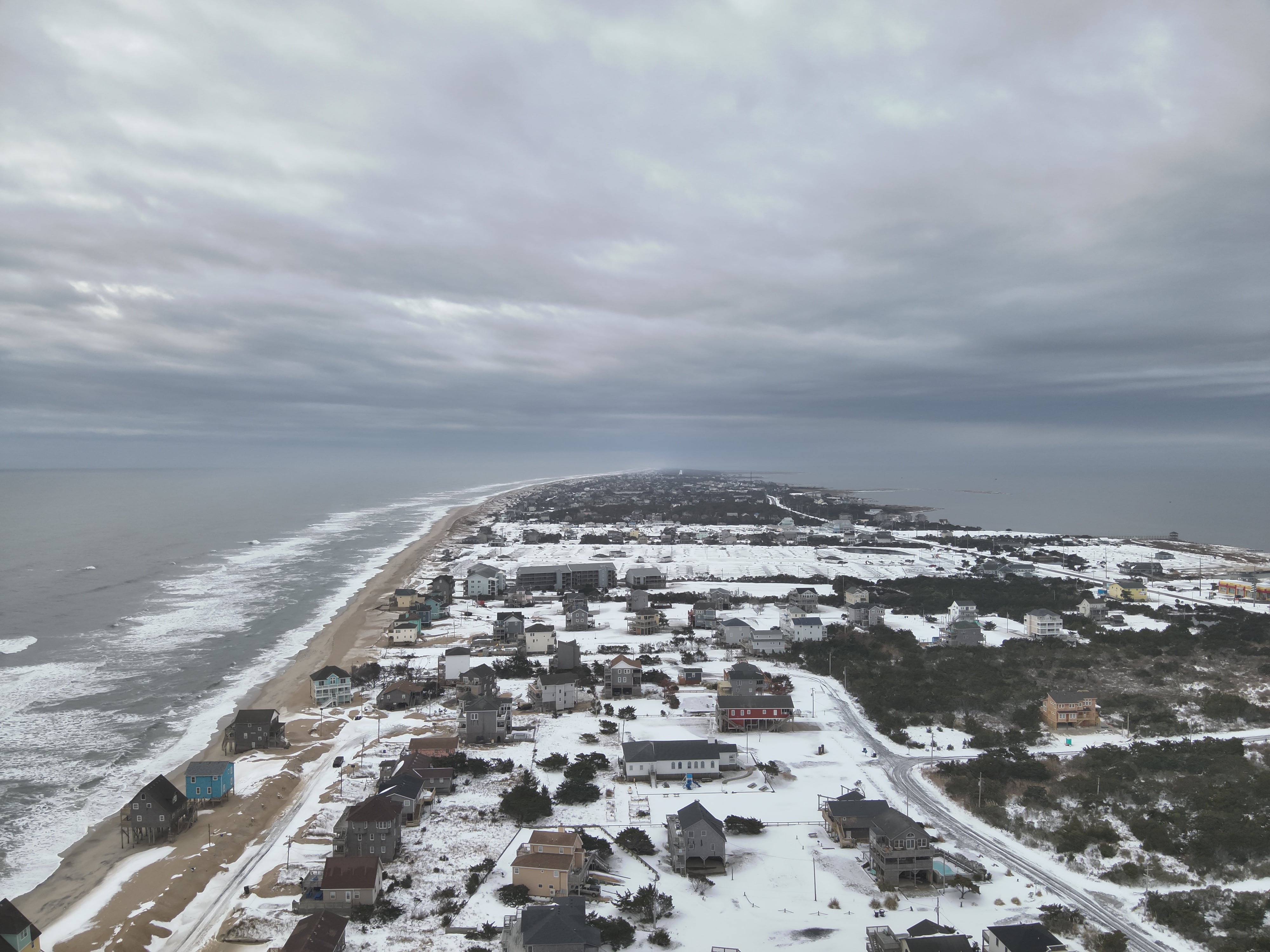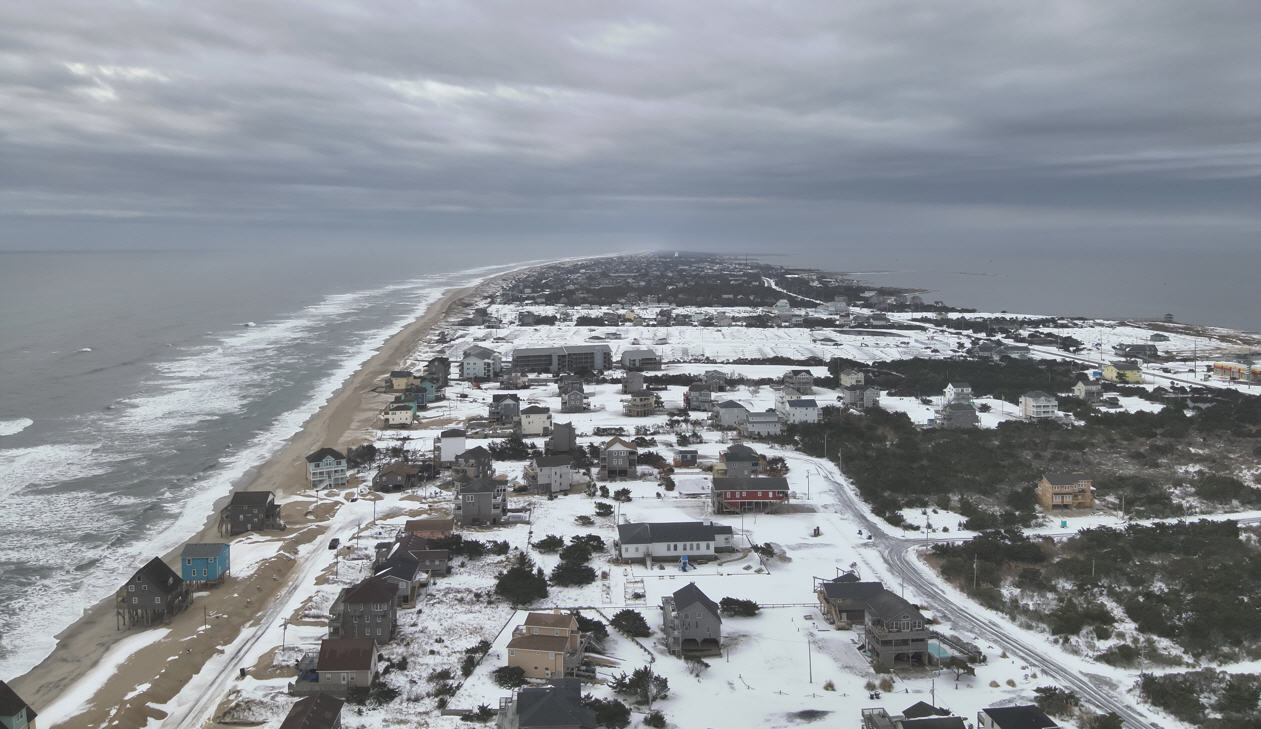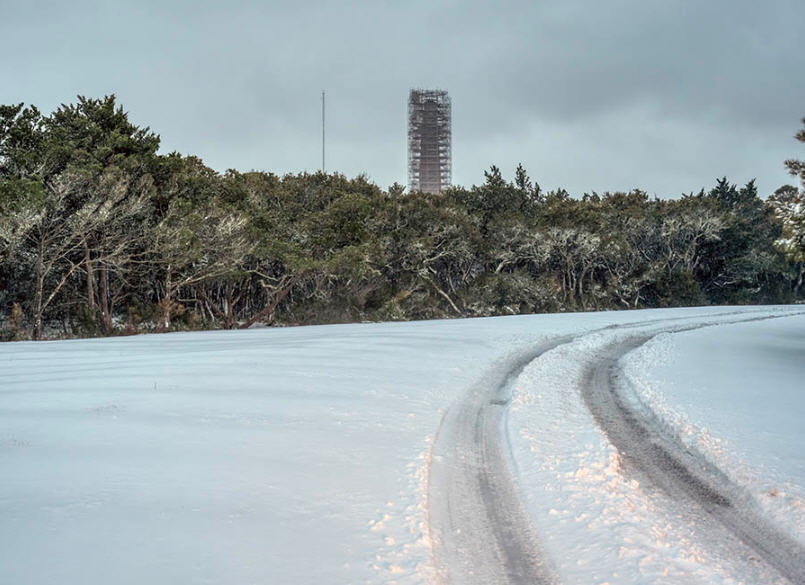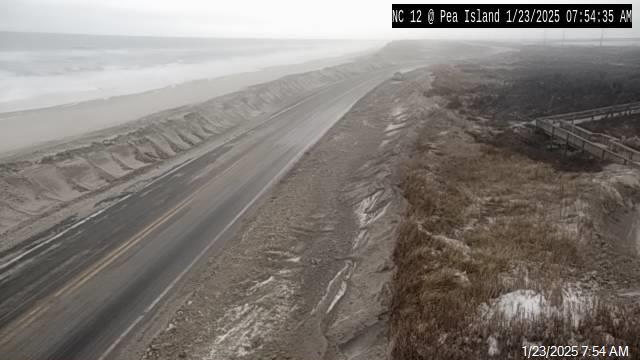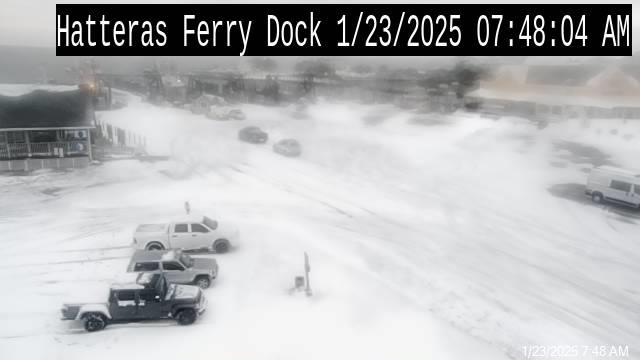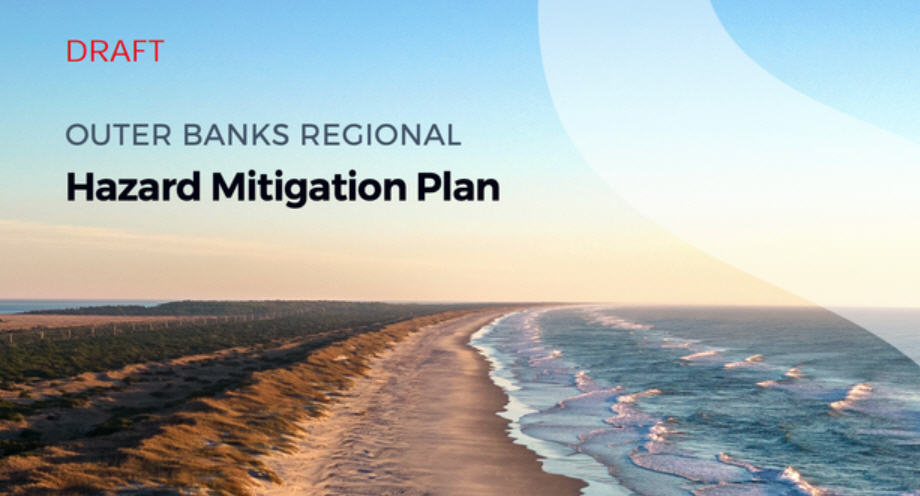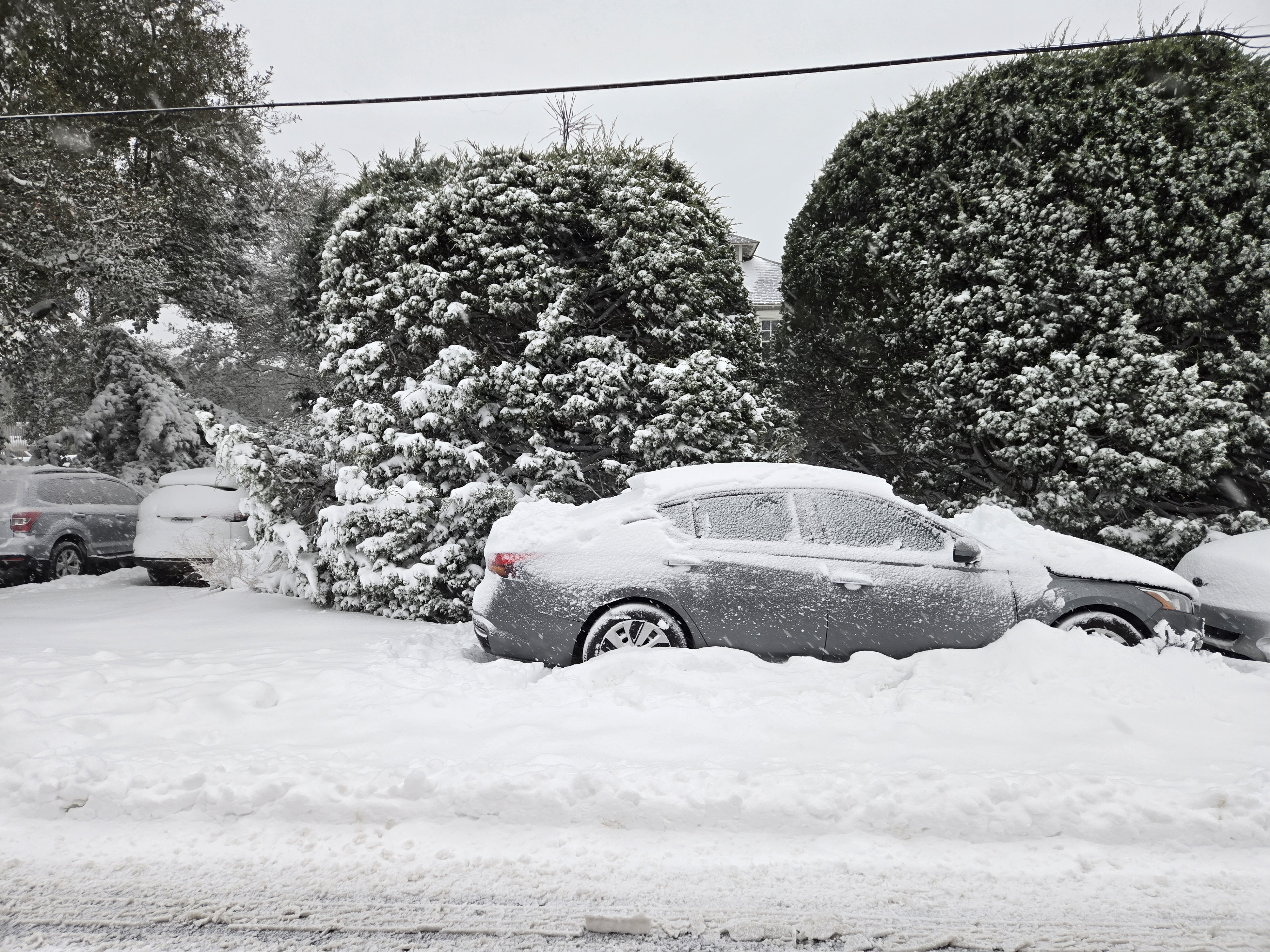Dredging improves shoaling in Hatteras ferry channel, and more is planned BY CATHERINE KOZAK
BY CATHERINE KOZAK
BY CATHERINE KOZAK
As the dredge Merritt chugged away from Hatteras yesterday after 14 days working in Rollinson Channel, conditions in the ferry passage, at least for now, had considerably improved.
And after next week, they should be getting even better.
Shoaling created by Hurricane Irene in late August had created hazardous areas in the Hatteras-Ocracoke ferry channel, causing boats — including the ferries — to bump bottom on the worst days. The sidecaster dredge was able to clear some of the worst spots.
“We haven’t had any problem whatsoever,” said Hal Scarborough, Hatteras state Ferry Division operations manager, referring to the days since Tuesday, when his shift began.
But apparently things weren’t as good last week, when the Merritt itself got stuck on a shoal, said Lucy Wallace, a spokeswoman for the North Carolina Ferry Division.
Scarborough said that for the time being, ferry runs in the channel will continue to be limited to the smaller vessels.
When the big hopper dredge Currituck arrives on March 22, it will able to spend about 10 days doing the heavy-duty dredging the channel needs.
Roger Bullock, chief of navigation for the U.S Army Corps of Engineers Wilmington District, said that rather than continuing to wait for environmental clearances to dispose the dredged material in a deep area inside an inlet gorge, the Corps opted to go a little further to place the sand in the nearshore off Ocracoke Island. Currents in that area, he said, allow the sand to drift south, instead of back to the inlet.
As the dredge Merritt chugged away from Hatteras yesterday after 14 days working in Rollinson Channel, conditions in the ferry passage, at least for now, had considerably improved.
And after next week, they should be getting even better.
Shoaling created by Hurricane Irene in late August had created hazardous areas in the Hatteras-Ocracoke ferry channel, causing boats — including the ferries — to bump bottom on the worst days. The sidecaster dredge was able to clear some of the worst spots.
“We haven’t had any problem whatsoever,” said Hal Scarborough, Hatteras state Ferry Division operations manager, referring to the days since Tuesday, when his shift began.
But apparently things weren’t as good last week, when the Merritt itself got stuck on a shoal, said Lucy Wallace, a spokeswoman for the North Carolina Ferry Division.
Scarborough said that for the time being, ferry runs in the channel will continue to be limited to the smaller vessels.
When the big hopper dredge Currituck arrives on March 22, it will able to spend about 10 days doing the heavy-duty dredging the channel needs.
Roger Bullock, chief of navigation for the U.S Army Corps of Engineers Wilmington District, said that rather than continuing to wait for environmental clearances to dispose the dredged material in a deep area inside an inlet gorge, the Corps opted to go a little further to place the sand in the nearshore off Ocracoke Island. Currents in that area, he said, allow the sand to drift south, instead of back to the inlet.
As the dredge Merritt chugged away from Hatteras yesterday after 14 days working in Rollinson Channel, conditions in the ferry passage, at least for now, had considerably improved.
And after next week, they should be getting even better.
Shoaling created by Hurricane Irene in late August had created hazardous areas in the Hatteras-Ocracoke ferry channel, causing boats — including the ferries — to bump bottom on the worst days. The sidecaster dredge was able to clear some of the worst spots.
“We haven’t had any problem whatsoever,” said Hal Scarborough, Hatteras state Ferry Division operations manager, referring to the days since Tuesday, when his shift began.
But apparently things weren’t as good last week, when the Merritt itself got stuck on a shoal, said Lucy Wallace, a spokeswoman for the North Carolina Ferry Division.
Scarborough said that for the time being, ferry runs in the channel will continue to be limited to the smaller vessels.
When the big hopper dredge Currituck arrives on March 22, it will able to spend about 10 days doing the heavy-duty dredging the channel needs.
Roger Bullock, chief of navigation for the U.S Army Corps of Engineers Wilmington District, said that rather than continuing to wait for environmental clearances to dispose the dredged material in a deep area inside an inlet gorge, the Corps opted to go a little further to place the sand in the nearshore off Ocracoke Island. Currents in that area, he said, allow the sand to drift south, instead of back to the inlet.
The Corps had applied for a “request for consultation” with the National Marine Fisheries Service on Feb. 27, said Bob Hoffmann, endangered species branch chief for NOAA Fisheries. The application is still being evaluated, he said. An opinion is typically provided between 30 to 135 days, he said, depending on the potential impacts.
Although Hoffmann couldn’t be specific, he said that the implementation on April 6 of a new rule listing Atlantic sturgeon as an endangered species could have some bearing in biological opinions issued on dredging projects.
Bullock said the Corps could not keep an expensive government dredge waiting, despite its preference for placement of material in the gorge.
“We could not get a quick decision, even though we’ve used that for emergency disposal in the past,” Bullock said. “There was no science behind it. They just said sturgeons like deep holes.”
Jacob Boyd, protected species biologist for the state Division of Marine Fisheries, said that of the five distinct sturgeon populations covered in the Endangered Species Act listing, the Carolina and South Atlantic are the ones most likely to be seen off the Outer Banks.
The reason the fish would like deep holes, he said, is because they are benthic bottom feeders. The young hatch and grow in estuarine shore waters. The adults spawn in fresh waters but otherwise live in the ocean.
“With sturgeon, I think this is going to be a problem with some of the dredging,” Boyd said.
Atlantic sturgeon, once known as the “pork chop of the sea” for their tasty meat, can live up to 60 years and grow to about 7 feet. Once abundant, the fish were sought after for caviar, and the populations declined drastically. They now number in the hundreds, although the state and federal fisheries agencies disagree on the population figures. A moratorium on catching the fish has been in place for about 20 years.
Bullock said that the Merritt, which cleared out trouble areas by Buoy 11-A and Buoy 9, made a little channel for the Currituck to get through. When the hopper leaves, he said, the channel should be at its authorized depth of 10 feet.
Then on about Sept. 1, a pipeline dredge is expected to arrive to do more work, Bullock said.
Meanwhile, the final review of an agreement between the state and the Corps to do dredging in Rollinson, Rodanthe, and Silver Lake Harbor, and surveying only at Stumpy Point, is expected to be completed soon. Costs and quantities have not yet been determined.
But Bullock said the agreement will only cover one or two dredging cycles. After that, everyone is back to square one.
The Corps had applied for a “request for consultation” with the National Marine Fisheries Service on Feb. 27, said Bob Hoffmann, endangered species branch chief for NOAA Fisheries. The application is still being evaluated, he said. An opinion is typically provided between 30 to 135 days, he said, depending on the potential impacts.
Although Hoffmann couldn’t be specific, he said that the implementation on April 6 of a new rule listing Atlantic sturgeon as an endangered species could have some bearing in biological opinions issued on dredging projects.
Bullock said the Corps could not keep an expensive government dredge waiting, despite its preference for placement of material in the gorge.
“We could not get a quick decision, even though we’ve used that for emergency disposal in the past,” Bullock said. “There was no science behind it. They just said sturgeons like deep holes.”
Jacob Boyd, protected species biologist for the state Division of Marine Fisheries, said that of the five distinct sturgeon populations covered in the Endangered Species Act listing, the Carolina and South Atlantic are the ones most likely to be seen off the Outer Banks.
The reason the fish would like deep holes, he said, is because they are benthic bottom feeders. The young hatch and grow in estuarine shore waters. The adults spawn in fresh waters but otherwise live in the ocean.
“With sturgeon, I think this is going to be a problem with some of the dredging,” Boyd said.
Atlantic sturgeon, once known as the “pork chop of the sea” for their tasty meat, can live up to 60 years and grow to about 7 feet. Once abundant, the fish were sought after for caviar, and the populations declined drastically. They now number in the hundreds, although the state and federal fisheries agencies disagree on the population figures. A moratorium on catching the fish has been in place for about 20 years.
Bullock said that the Merritt, which cleared out trouble areas by Buoy 11-A and Buoy 9, made a little channel for the Currituck to get through. When the hopper leaves, he said, the channel should be at its authorized depth of 10 feet.
Then on about Sept. 1, a pipeline dredge is expected to arrive to do more work, Bullock said.
Meanwhile, the final review of an agreement between the state and the Corps to do dredging in Rollinson, Rodanthe, and Silver Lake Harbor, and surveying only at Stumpy Point, is expected to be completed soon. Costs and quantities have not yet been determined.
But Bullock said the agreement will only cover one or two dredging cycles. After that, everyone is back to square one.
The Corps had applied for a “request for consultation” with the National Marine Fisheries Service on Feb. 27, said Bob Hoffmann, endangered species branch chief for NOAA Fisheries. The application is still being evaluated, he said. An opinion is typically provided between 30 to 135 days, he said, depending on the potential impacts.
Although Hoffmann couldn’t be specific, he said that the implementation on April 6 of a new rule listing Atlantic sturgeon as an endangered species could have some bearing in biological opinions issued on dredging projects.
Bullock said the Corps could not keep an expensive government dredge waiting, despite its preference for placement of material in the gorge.
“We could not get a quick decision, even though we’ve used that for emergency disposal in the past,” Bullock said. “There was no science behind it. They just said sturgeons like deep holes.”
Jacob Boyd, protected species biologist for the state Division of Marine Fisheries, said that of the five distinct sturgeon populations covered in the Endangered Species Act listing, the Carolina and South Atlantic are the ones most likely to be seen off the Outer Banks.
The reason the fish would like deep holes, he said, is because they are benthic bottom feeders. The young hatch and grow in estuarine shore waters. The adults spawn in fresh waters but otherwise live in the ocean.
“With sturgeon, I think this is going to be a problem with some of the dredging,” Boyd said.
Atlantic sturgeon, once known as the “pork chop of the sea” for their tasty meat, can live up to 60 years and grow to about 7 feet. Once abundant, the fish were sought after for caviar, and the populations declined drastically. They now number in the hundreds, although the state and federal fisheries agencies disagree on the population figures. A moratorium on catching the fish has been in place for about 20 years.
Bullock said that the Merritt, which cleared out trouble areas by Buoy 11-A and Buoy 9, made a little channel for the Currituck to get through. When the hopper leaves, he said, the channel should be at its authorized depth of 10 feet.
Then on about Sept. 1, a pipeline dredge is expected to arrive to do more work, Bullock said.
Meanwhile, the final review of an agreement between the state and the Corps to do dredging in Rollinson, Rodanthe, and Silver Lake Harbor, and surveying only at Stumpy Point, is expected to be completed soon. Costs and quantities have not yet been determined.
But Bullock said the agreement will only cover one or two dredging cycles. After that, everyone is back to square one.
Subject
Name
(required, will not be published)
(required, will not be published)
City :
State :
Your Comments:
May be posted on the Letters to the Editor page at the discretion of the editor.
May be posted on the Letters to the Editor page at the discretion of the editor.
May be posted on the Letters to the Editor page at the discretion of the editor.
May be posted on the Letters to the Editor page at the discretion of the editor.




